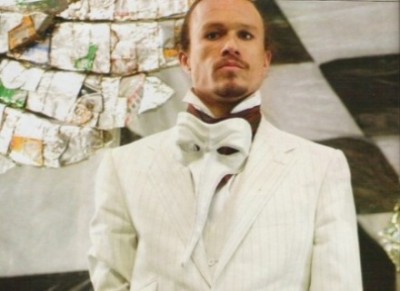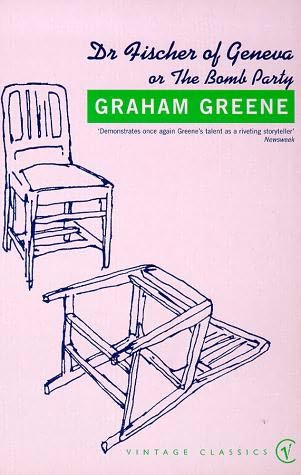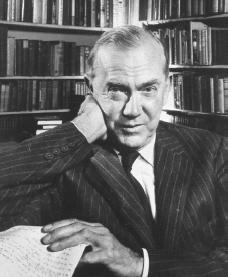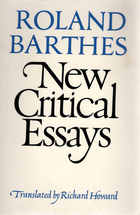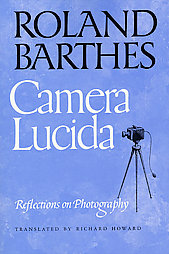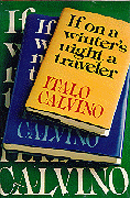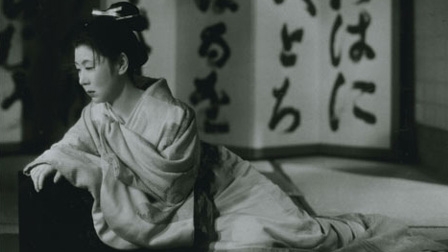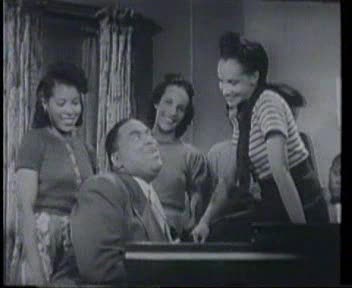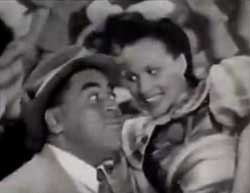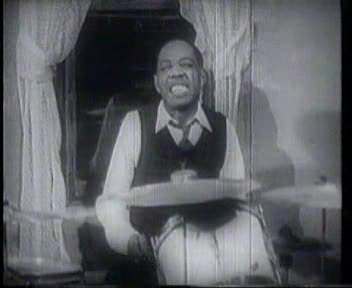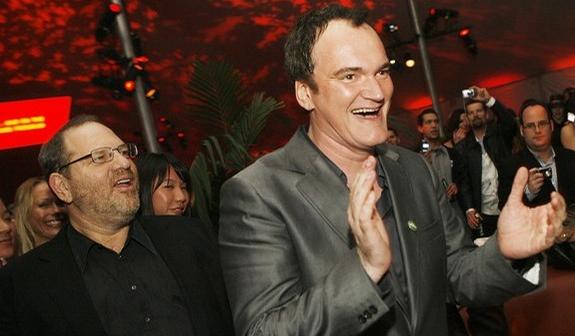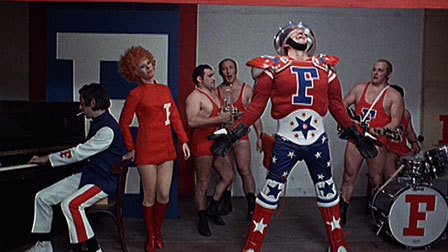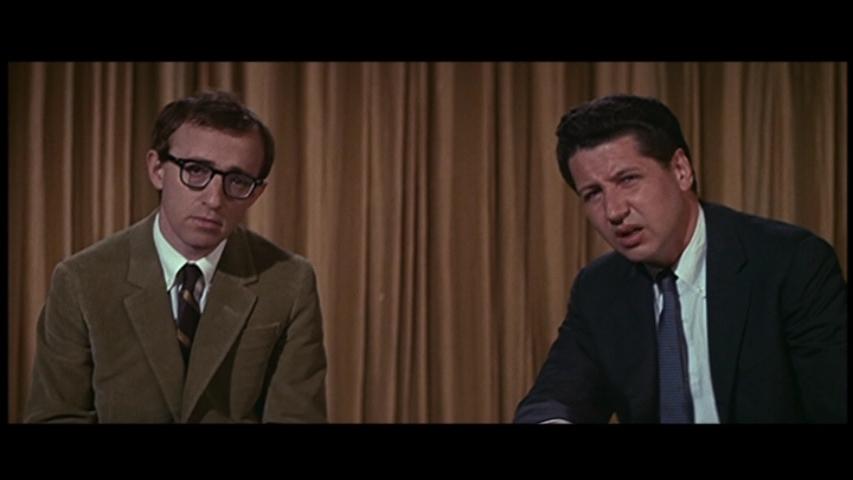An extraordinary piece of chicanery by Kelefa Sanneh entitled “Discriminating Tastes” heads off the Talk of the Town section in the current (August 10 & 17) issue of The New Yorker. The subject is the alleged “reverse racism” or “anti-white” bias of President Obama, as kicked off by his controversial offhand remark last month that a policeman who arrested a man in his own home “acted stupidly”. This was later described by Fox News‘s terminally stupid Glenn Beck as a revealing exposure of Obama’s “deep-seated hatred for white people.”
Not even once in this article does Sanneh bother to mention or even acknowledge the fact that Beck and so many other commentators are so eager to suppress and/or obfuscate — that Obama is half-white. As far as this article (and, it would appear, an alarming amount of other American punditry) is concerned, Obama is simply and unambiguously (and irrevocably) “a black President,” not someone who was born to a white mother and a black father. So in other words, according to this peculiar argument, Obama harbors a “deep-seated hatred” not only for his late mother but for half of himself — although this latter portion of the equation is almost never brought up. Read more





